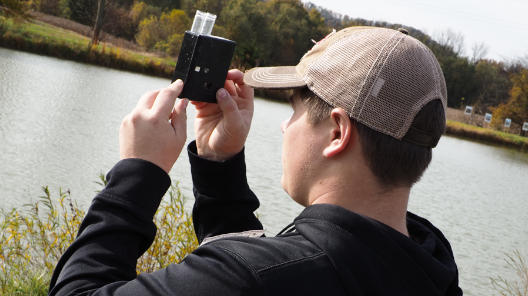Environmental Science and Protection Technician
Environmental science and protection technicians will typically work under the direction of a lead environmental scientist, biologist or ecologist to conduct environmental monitoring through lab and field testing. Additionally, they will make recommendations to control or eliminate unsafe conditions at workplaces or public facilities.
What Responsibilities Will I Have?
- Conduct field sampling of the air, water and soil
- Perform hazardous goods and waste handling methods
- Develop emergency planning and spill response methods
- Enforce environmental laws and ethics
- Take inventory and quantify sources of locally generated pollution
- Prepare presentations and reports of lab results for internal and external use
- Cross-check test results with standard tables
- Check supply levels and orders and distribute new supplies
- Assist the lead scientist in the development of research ideas
- Clean, maintain and set up equipment for use in experiments
- Perform routine mathematical calculations
- Prepare graphs, charts and reports from test results
- Operate laboratory equipment independently
- Make recommendations to control or eliminate unsafe conditions
- Inspect sanitary conditions at public facilities and private property
- Follow lab health and safety standards
Recommended High School Courses:
- agricultural education
- earth science
- biology
- environmental science
- botany
- chemistry
- biology
- statistics
- mathematics
Education/Training Required:
An associate degree in natural resources, soil science, biology or a related science field, such as horticulture, plant physiology or environmental science, is required. Those with a bachelor’s degree in similar fields would increase their chances for employment and advancement once on the job.





